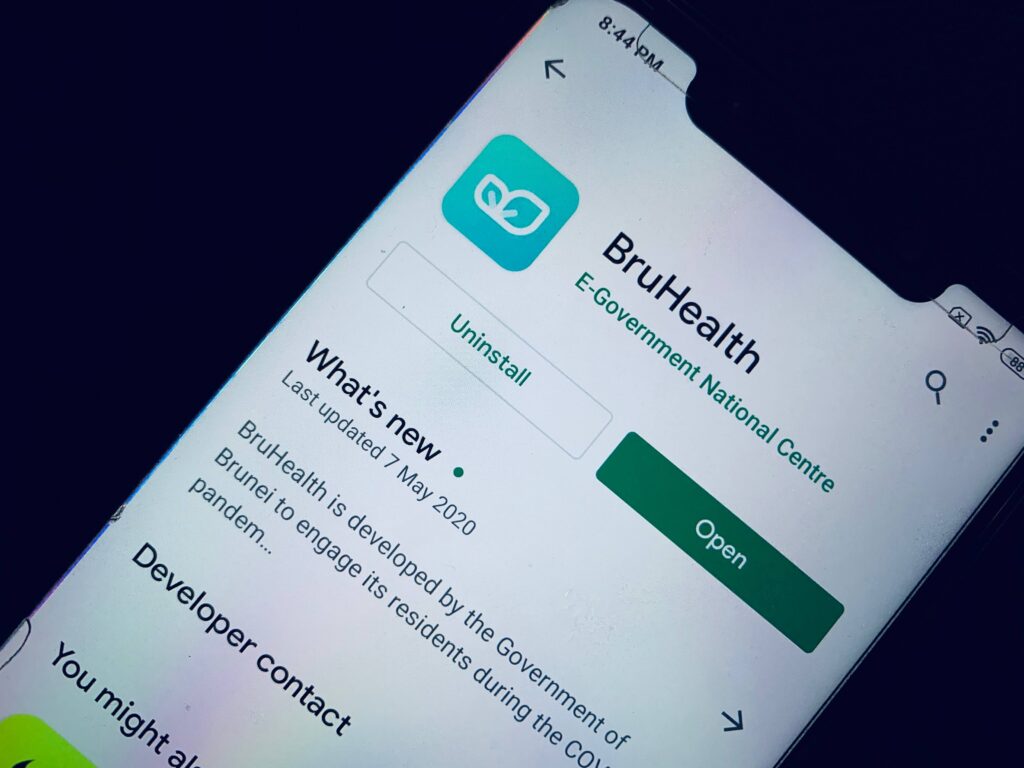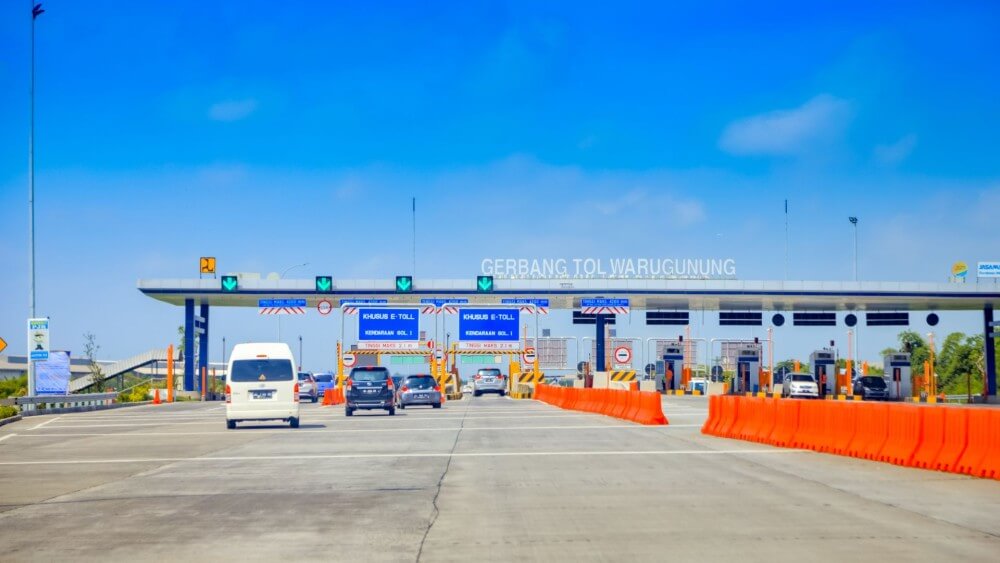Financing instrument and amount
Public-private partnership (PPP) contract to develop a public marketplace. The project valued at around US$ 6 million (based on ₱300 million in April 2020) was awarded through a solicited proposal process.
Background
Over the last 30 years, public-private partnerships (PPPs) have been central to the Philippines’ strategy for inclusive growth. The country’s development planning and investment programming involve a dynamic and iterative process, with national, regional, and local governments supporting each other’s development priorities. The national government sets policies and macroeconomic targets, considering various development issues.
Mandaluyong City is the smallest city in Metro Manila. It spans only 12 square kilometres and has a population of over 278,000. A public market was in the heart of the city on a 7,500 square meter area along Kalentong Road, a major transit route. In 1991, the market was destroyed by a fire, largely because most of the structure was made of wood. As a temporary solution, the government allowed about 500 displaced vendors to set up stalls along the area’s roads and sidewalks. This arrangement quickly proved impractical, leading to traffic congestion and sanitation problems.
Rebuilding the public market became a high priority for the city government but financing the project was beyond its capabilities. Local interest rates were high, averaging around 18% annually, and the city was not prepared to take on the additional debt required for the construction. The city government was also concerned that high charges to stall owners would result in increased costs for their customers, many of whom were lower-income residents.
Approach
To address this issue, the city government decided to develop a new public market, providing the vendors with a proper place to conduct their business and clearing the sidewalks for commuters. A seven-story commercial centre, named The Marketplace, was designed to include a public market, street-front stores, a parking garage, commercial shops, department stores, a bowling alley, and a movie theatre.
In 1991, the Mandaluyong city government entered into a PPP contract to develop the marketplace. The project was awarded through a solicited proposal mode and the winning bid came from a business consortium formed for the project, Macro Founders and Developers Inc (MFD).
The private developer built the public market on the ground floor of the commercial centre and handed over control to the city government upon completion. Half of the stalls were constructed by the city government, while the other half were built by the stall owners, as per the agreement between the city and the Association of Stall Owners. The city government operates the public market and collects stall fees, while maintenance and security are outsourced to Macro Founders and Developers Inc (MFD).
The rest of the commercial complex was developed under the Build-Operate-Transfer (BOT) scheme and a 40-year concession was granted to MFD for the operation and maintenance of this portion of the complex. The government retained ownership of the land but did not require lease payments from MFD. It also does not have a share in any of the revenue generated by the commercial complex, which MFD uses to recoup its invested capital and cover its operating costs. After 40 years, MFD will transfer the operation and maintenance of the commercial complex back to the city government.
The project cost was initially costed at US$ 6 million, and the financing structure is as follows:
- 50% of the project cost was financed by debt. The Asian Financing and Investment Corporation, a subsidiary of the Asian Development Bank, provided a 10-year loan at concessional rates for the project.
- The remainder was financed by equity contribution from the MFD and advances from shops and charitable institutions. The equity contribution from the MFD was 25% of the project cost, and 25% of the project cost came from advances paid by shops and charitable contributions.
The final project cost was US$ 9 million but as it had high commercial potential, MFD took on all the construction risk and absorbed this increase by making incremental equity infusion.
Results
The project is considered a success, generating sufficient revenue for the private developer to achieve a reasonable return on investment. The Mandaluyong City Government has also benefited, earning revenue from the operation of the wet public market as well as from business taxes, licenses, and fees paid by the lessees of the commercial complex.
The construction of a new public market and shopping mall reportedly created approximately 600 long-term jobs and improved the surrounding area by alleviating flooding with the installation of a box culvert. Due to its success, this project is now being used as a model for PPP across the Philippines.
Key Learnings
Innovative approaches to financing as an option to build infrastructure.
Well-planned PPP projects enable local governments to provide essential infrastructure services to the public. Municipalities should consider a wide range of potential funding sources for infrastructure projects. Through a mixed-use development structure, the project successfully generated revenue from various higher-value activities (i.e., commercial shops, theatres) at the commercial complex, which can be used to subsidise the lower-cost vendor facilities in the public market.
Stakeholder engagement.
Stakeholder engagement and involvement are crucial for project success. The project included the Association of Stall Owners and involved contributions from shops and charitable institutions. The city government was involved in structuring and implementing the project.
Legal frameworks
The Philippines was the first country in Asia to enact a law specifically for the BOT process. The 1990 BOT Law provided the legal basis and mechanisms for the private sector to undertake capital investment projects that were traditionally implemented by government agencies, corporations, or local government units (LGUs). The 1990 BOT Law provided only two modalities for contracting between the public and the private sector: the build–operate–transfer (BOT) scheme and the build–transfer scheme.
Robust procurement processes.
Transparent procurement processes ensure the selection of the most qualified bidder under terms favourable to both the public and private sectors.
Sources
- Asian Development Bank (2020). Public Private Partnership Monitor. Available at: https://www.adb.org/sites/default/files/publication/687856/public-private-partnership-monitor-philippines.pdf
- Global Platform for Sustainable Cities (n.d.). Project Summaries. Part 1, Public Markets. Available at: https://www.thegpsc.org/sites/gpsc/files/38._mandaluyong_city_market_manila_philippines.pdf
- The World Bank (2021). Summary of Mandaluyong City Market rebuilding on a BOT basis. Available at: https://ppp.worldbank.org/public-private-partnership/library/summary-mandaluyong-city-market-rebuilding-bot-basis-undp




